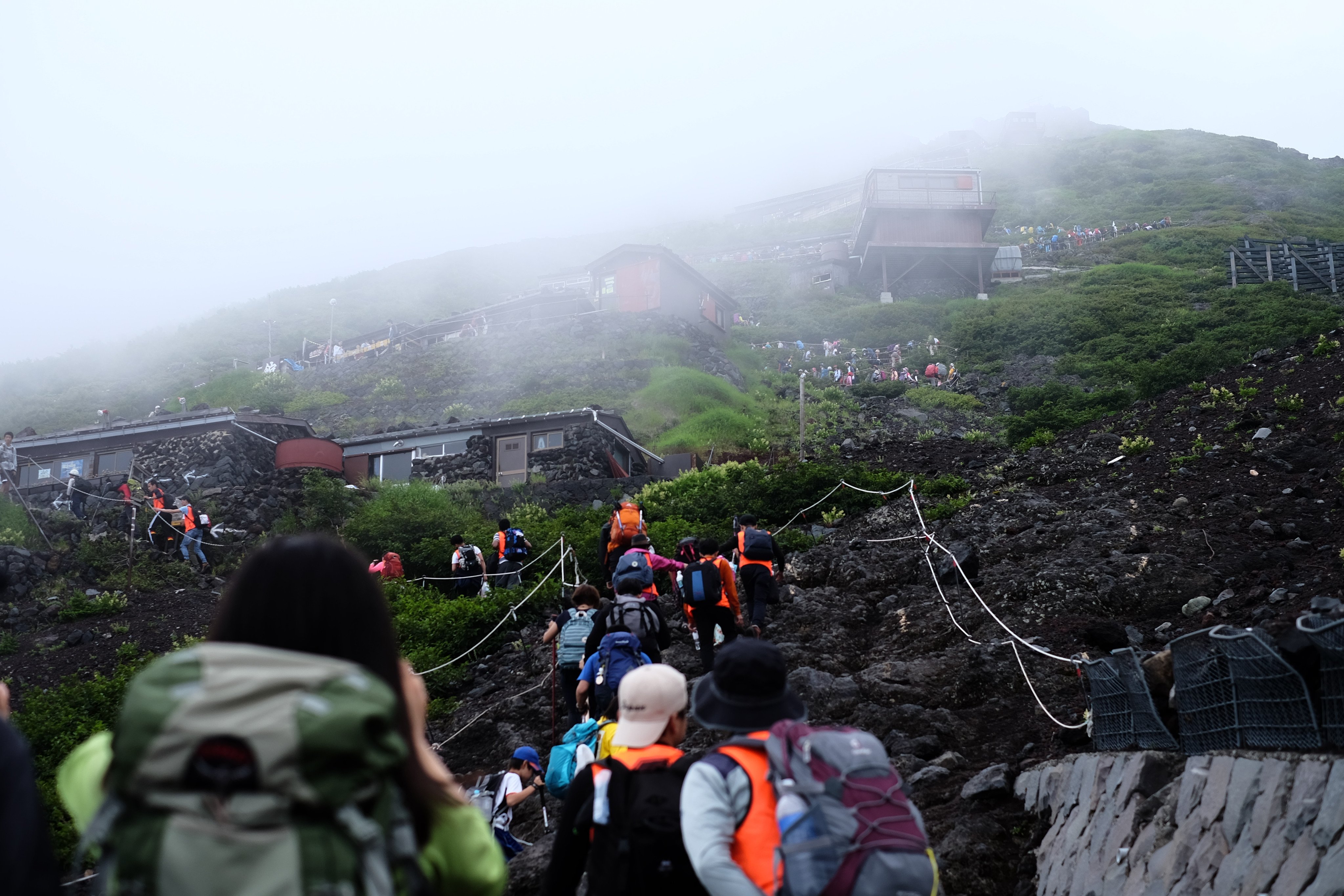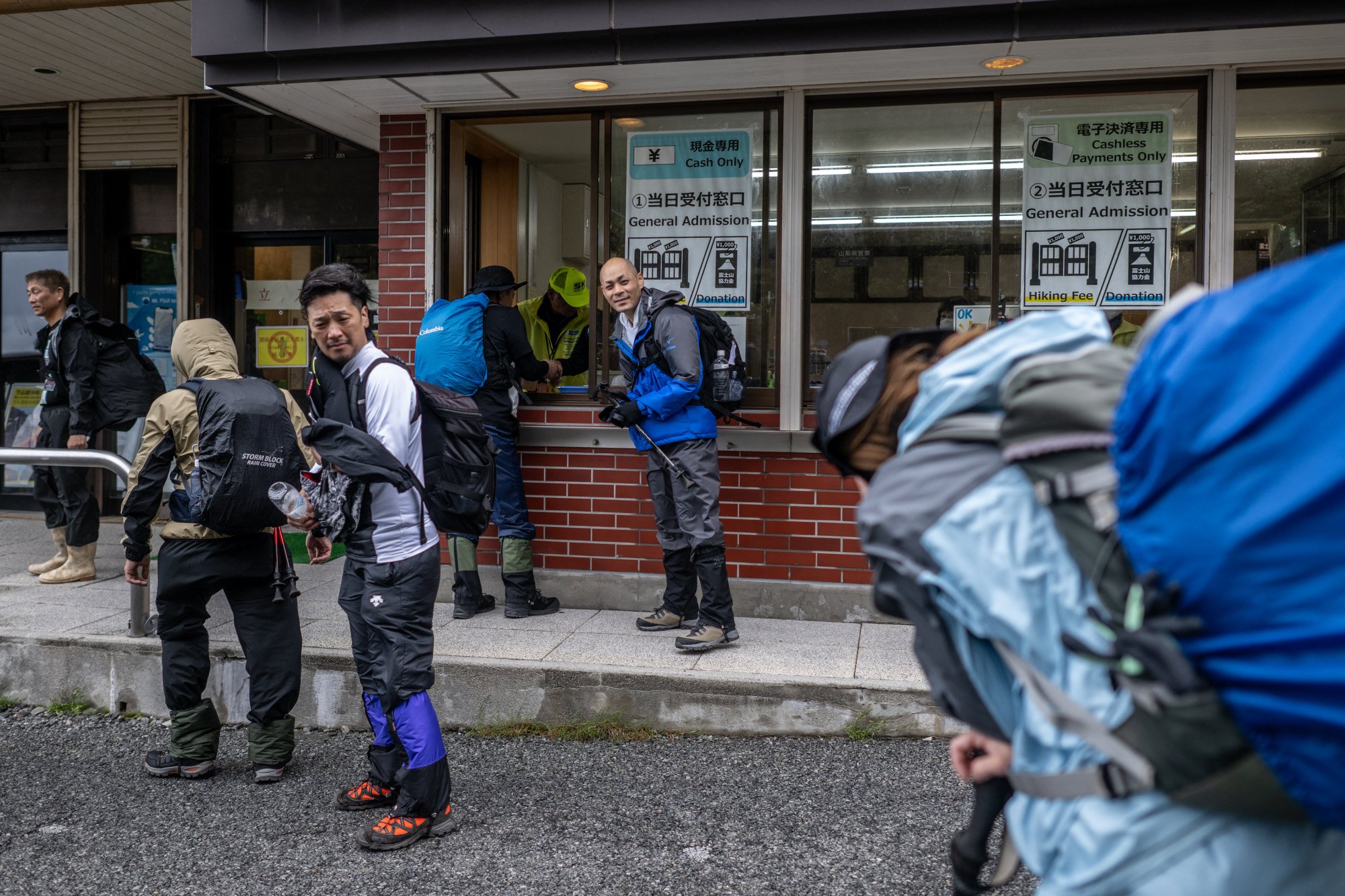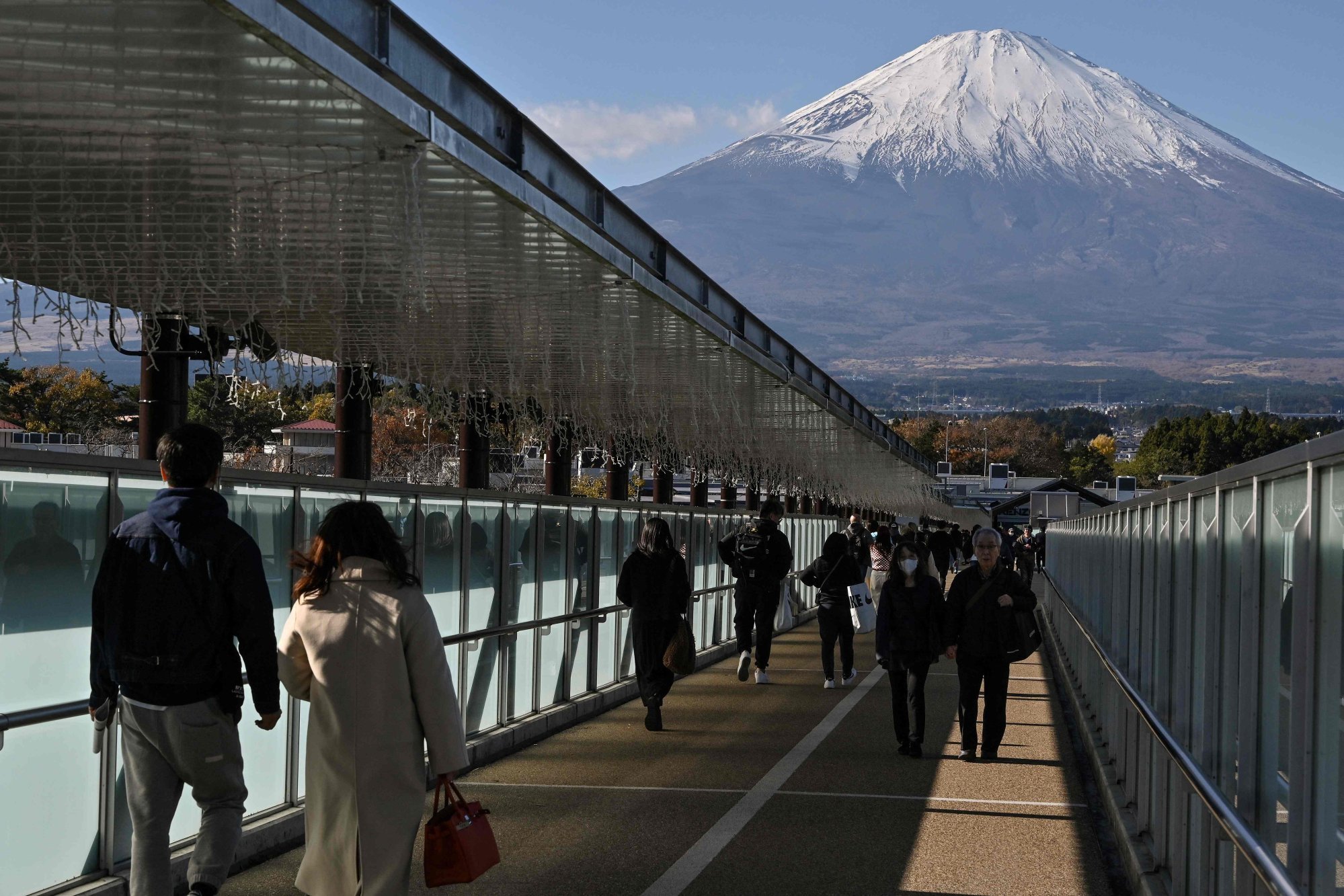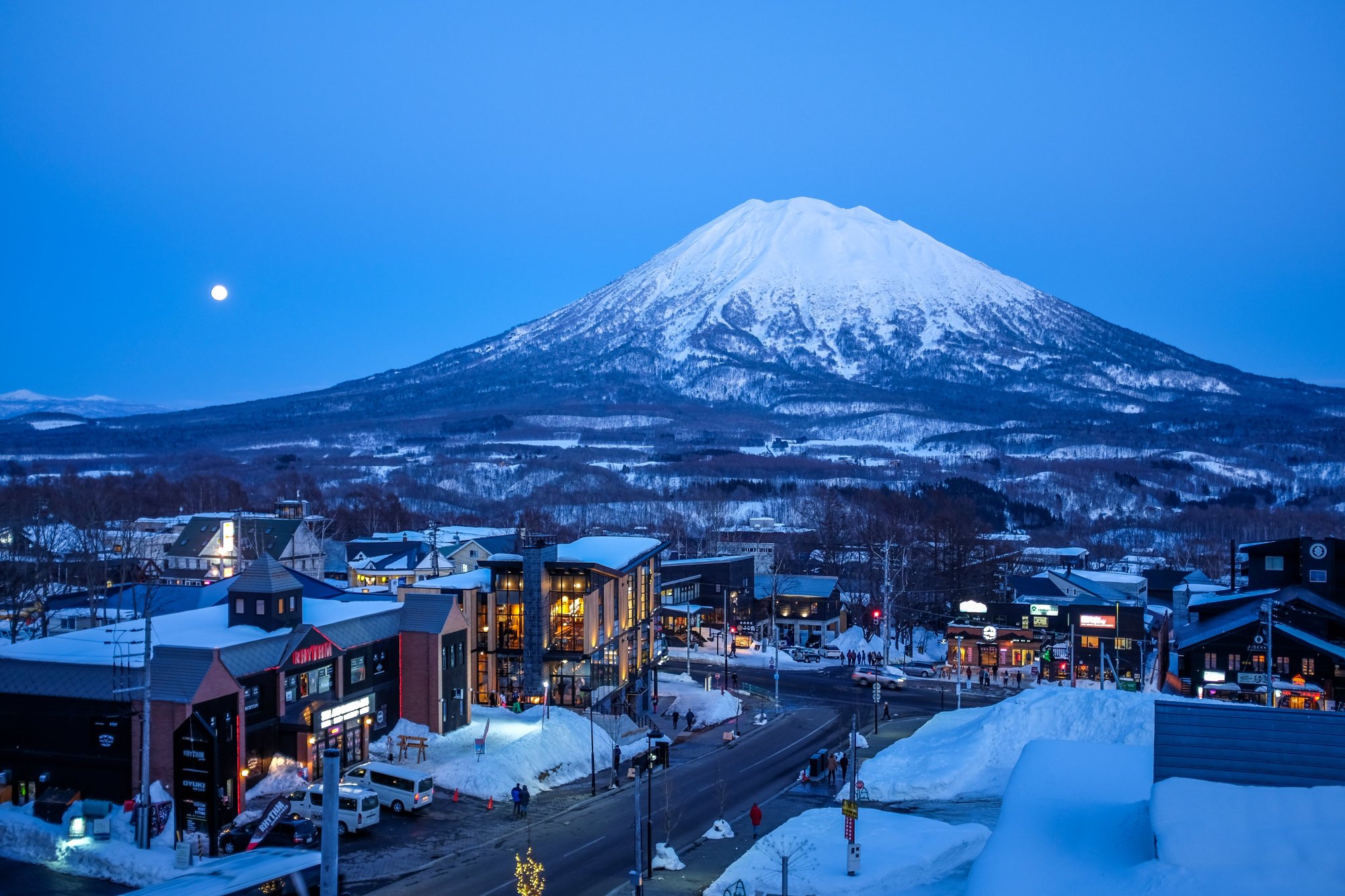Japanese officials want ‘selfish’ Mount Fuji climbers to pay for off-season rescue
The call came after a Chinese student, who was rescued twice from Mount Fuji, said he went back the second time to try to retrieve his phone

Officials in Japan are calling for new rules to charge climbers who require rescue from Mount Fuji outside the official climbing season, as concerns rise over high emergency service costs and the safety of personnel deployed to deal with such incidents.
The mayors of Fujiyoshida and Fujinomiya, along with the governor of Shizuoka prefecture, are urging the national government to amend legislation so that local authorities can impose such rescue fees during the off-season, which falls outside a three-month climbing window for the mountain in summer.
The cost of a rescue helicopter could be as much as 500,000 yen (US$3,440) an hour, the Shizuoka governor said, with mountain rescue teams on the ground and medical facilities adding to total cost.
The authorities’ pleas came after a Chinese university student was rescued near the peak of the 3,776-metre mountain twice within four days in April.
The 27-year-old man, who was not named, was initially helped off the mountain after he became nauseous and disoriented close to the summit and lost his mobile phone, crampons and other climbing equipment.
Four days later, another rescue team was deployed to save the man after he collapsed around 3,000 metres above sea level, apparently due to altitude sickness. After being carried down the mountain on a stretcher and handed over to doctors, he said he had returned to the mountain to try to find his mobile phone.

“They are not listening to the warnings and are selfishly choosing to climb” during the off-season, Fujinomiya mayor Hidetada Sudo said at a press conference on May 9.
“The cost of rescue operations is tremendous, so shouldn’t the burden of paying those costs be carried by the people requiring [off-season] rescues? They have a responsibility for the results of their actions,” he added.
Inexperienced and underprepared hikers would ignore safety warnings and not think of the danger posed to emergency service personnel during a rescue operation, Sudo said. Without a rule requiring such climbers to pay the costs of their rescue, “they have a carefree attitude about climbing and asking to be rescued”, he added.
Shigeru Horiuchi, the mayor of Fujiyoshida, echoed Suro’s comment a few days later, saying he intended to ask the Yamanashi prefectural government to introduce a system requiring payment by off-season stranded climbers for their rescue instead of his municipality.
“Rescuers risk their lives in mountain rescues. There have been cases when people have casually made requests to be rescued via mobile phone, as if they were ordering a taxi,” Horiuchi said on May 13.
The high costs associated with a rescue would serve to put others off attempting a winter ascent, he added.

Speaking on the same day, Shizuoka governor Yasutomo Suzuki said he supported such proposals but said the national government would need to review them first before deciding on the matter.
Tatsuo Nanai, secretary general of the Fuji-san hiking club, said he was “in complete agreement” with the proposals, adding that any climbers attempting to ascend Mount Fuji must be prepared and experienced.
“Mount Fuji can be a very dangerous mountain, particularly in the off-season, with deep snow and ice on the highest elevation,” he told This Week in Asia.
“Other countries require climbers to have insurance and they charge anyone that they have to rescue, so I have a lot of sympathy for the local governments that are at present having to cover those costs,” he added.
A total of 204,320 people climbed Mount Fuji in the three-month window from early July last year, or nearly 3,000 people a day, according to government data. Emergency services had to be activated to help injured hikers every day during the climbing season, Nanai said.
Nine people died on the peak during the climbing season last year, with one resulting from a fall and the others succumbing to illness, apparently linked to high altitude.

Mount Fuji is not the only peak in Japan attracting underprepared hikers so far this year. On Tuesday, emergency teams helped a British couple who were hiking to the top of 1,898-metre Mount Yotei, in Hokkaido. In a telephone call to local emergency services, the couple said they were unable to move and find a shelter because of the cold weather.
When a police helicopter located the hikers, the man was seen wearing shorts and the woman in a short-sleeved shirt. The couple were released from a hospital in the town of Kutchan after a check-up.
Others were less fortunate. Police confirmed on Friday that a femur that was found in April was identified as that of American hiker Patricia Murad, who disappeared last year while on a solo hiking trip along a 15-km stretch of the Kumano Kodo pilgrimage trail in Wakayama prefecture in central Japan.
The woman’s femur was found in a stream close to her backpack and some clothing. Police have said they do not suspect foul play over Murad’s death but will continue to investigate the incident.